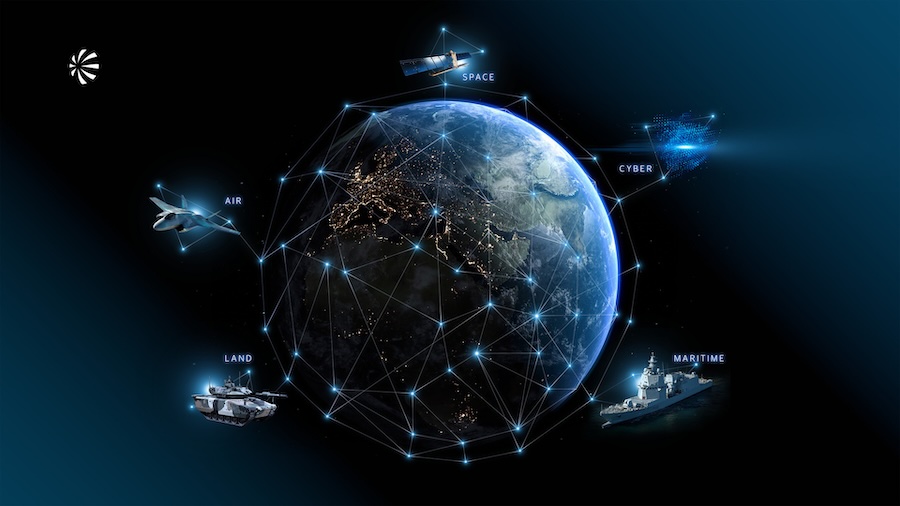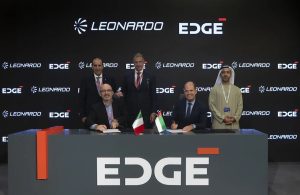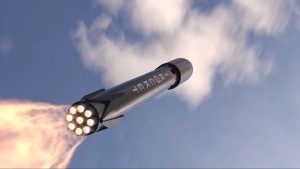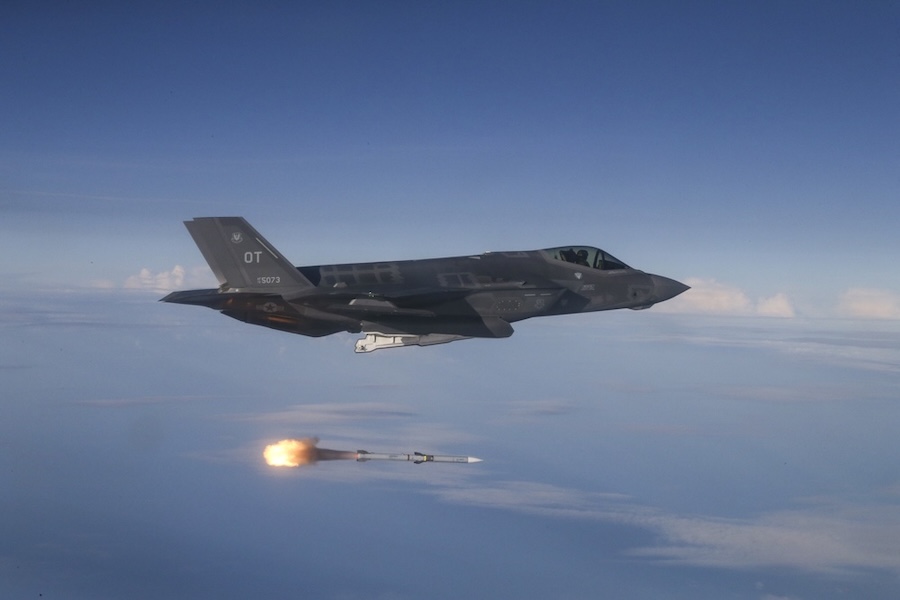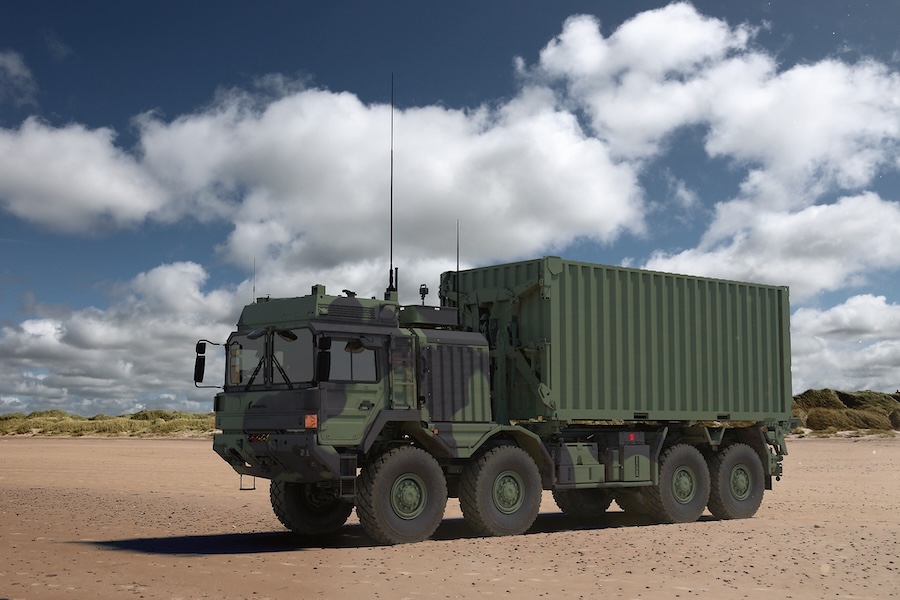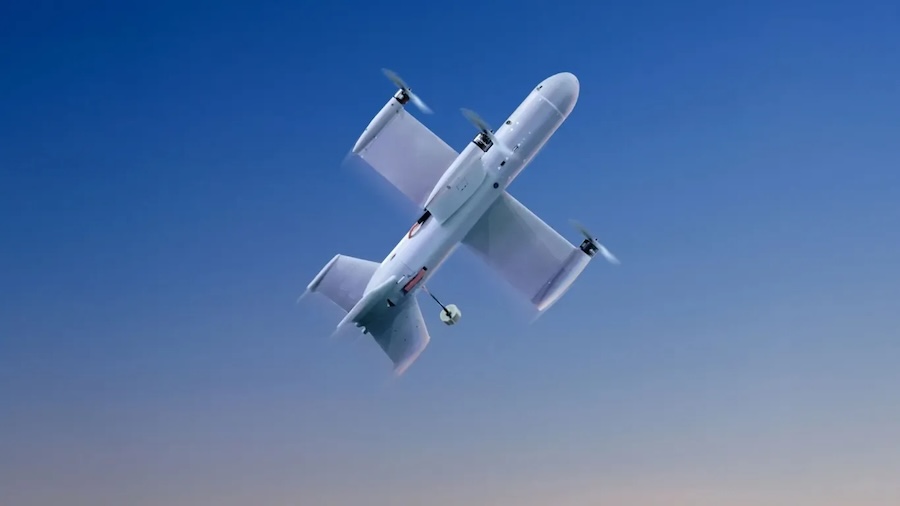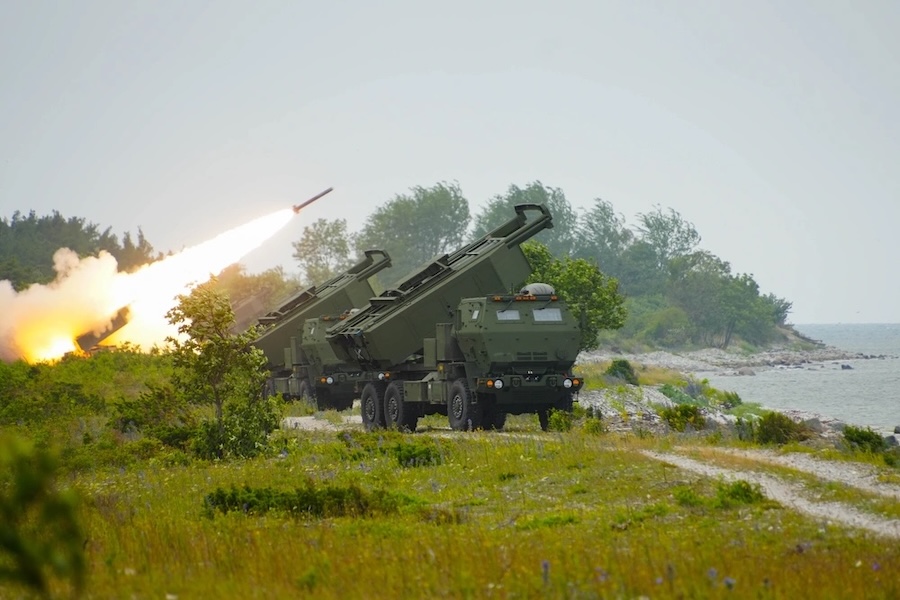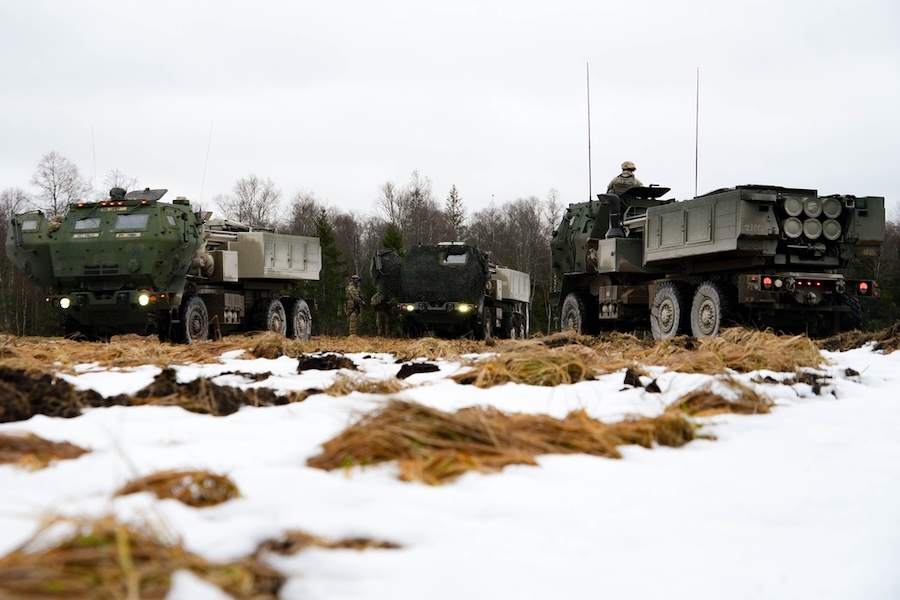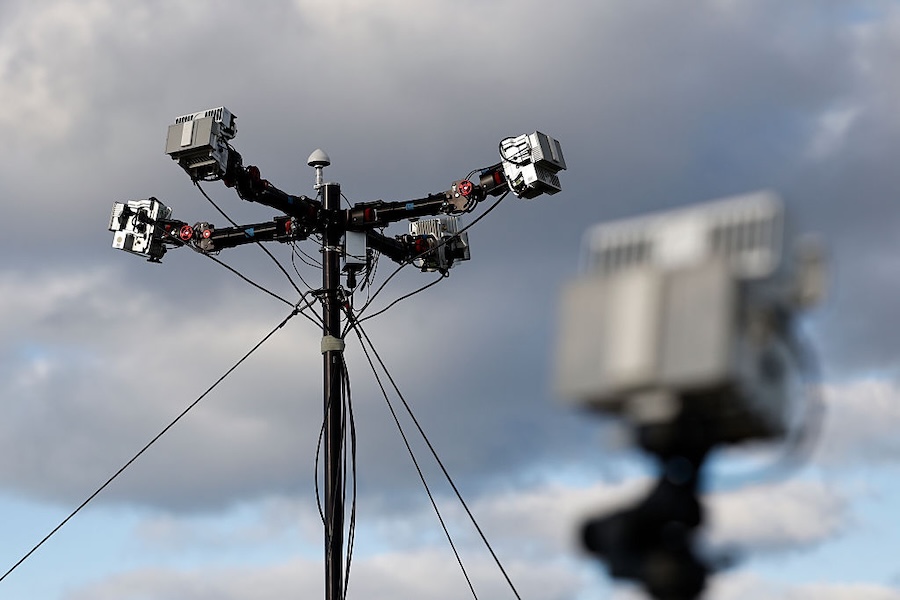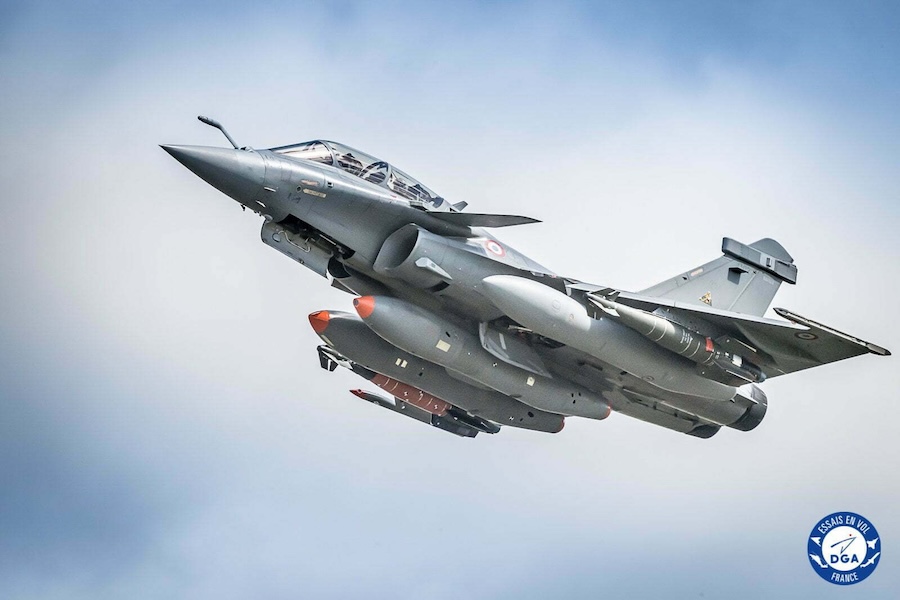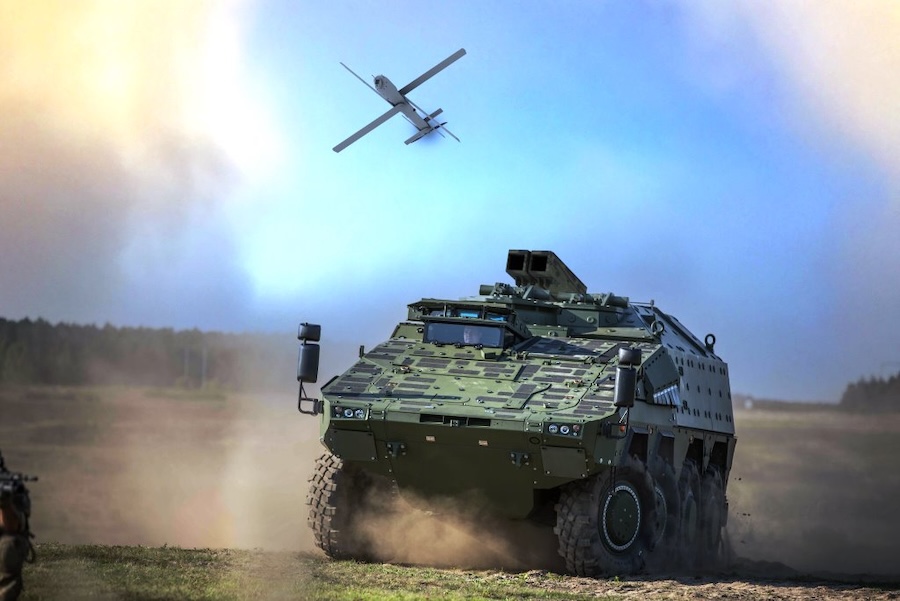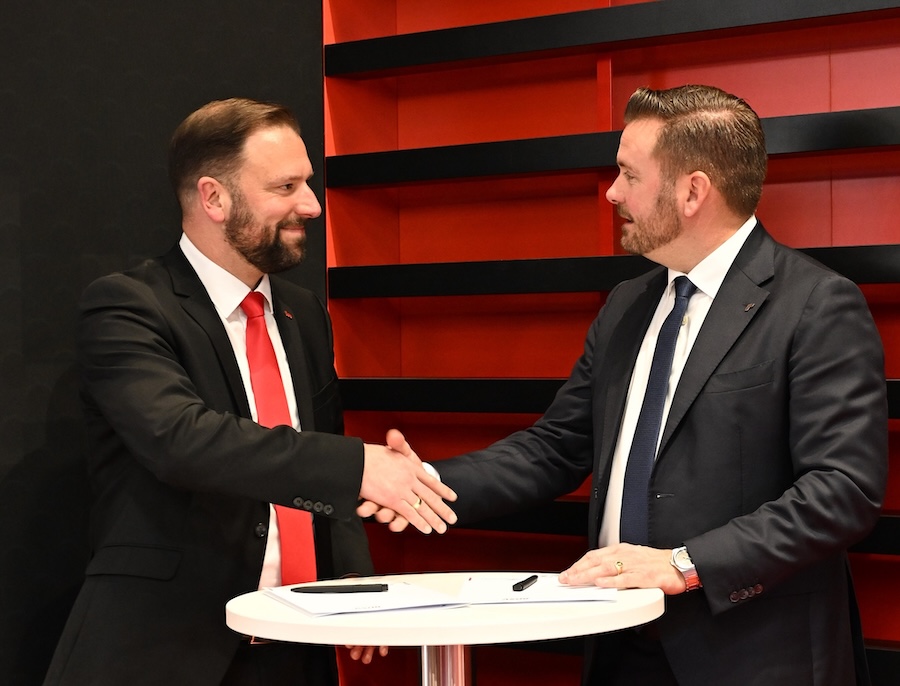“With Michelangelo,” said Roberto Cingolani, Leonardo’s Chief Executive Officer and General Manager, “Leonardo reaffirms its commitment to developing solutions that safeguard citizens, institutions, and infrastructure by combining advanced technology, a systemic vision, and strong industrial capabilities. In a world where threats evolve rapidly and become ever more complex – and where defending is costlier than attacking – defence must innovate, anticipate, and embrace international cooperation.”
The system is designed to protect critical infrastructure, sensitive urban areas, and assets of national and European interest through a modular, open, scalable and multi-domain approach. Leonardo describes Michelangelo Dome not as a standalone product but as an architecture that integrates next-generation land, naval, air and space sensors with cyber defence platforms, command-and-control systems, artificial intelligence, and coordinated effectors.
The platform creates a security dome intended to detect, track and neutralise threats even during large-scale and coordinated attacks across multiple operational domains. These include aerial and missile threats, such as hypersonic weapons and drone swarms, as well as surface and subsurface threats at sea and hostile forces on land.
Leonardo states that advanced data fusion and predictive algorithms allow Michelangelo to anticipate hostile activity, streamline operational responses, and automatically align the most suitable countermeasures. The company says the system is built to support strategic autonomy, technological resilience, and closer integration of European and NATO defence capabilities.
Through Michelangelo, Leonardo aims to consolidate its role as a European reference point in multi-domain security while contributing to broader cooperative initiatives across the continent. The project is positioned to reinforce Italy’s industrial strengths within the defence and security sector.




